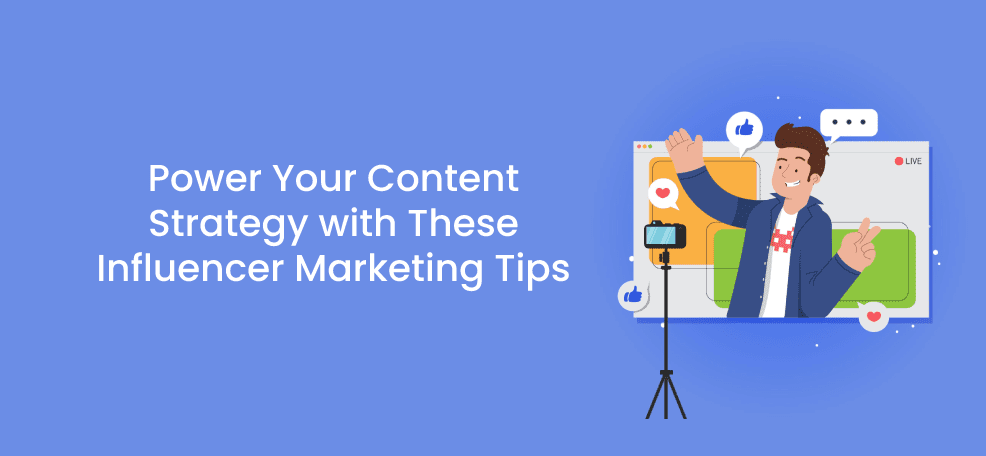Rather than targeting the whole market, influencer marketing leverages the influence of key individuals over potential buyers. People’s trust in brand advertisements is low; but influencer marketing content is known to build trust and credibility, offer broad content reach, and generate more leads.
Further, since their content is relatable, influencers have the power to stoke their audiences’ interest and enthusiasm, thus priming them before they are exposed to a brand.
Thus, these influential content creators hold the potential to become strong brand advocates.
Since influencers can help businesses create authentic content and brand stories, they hugely improve the effectiveness of your content marketing.
In this post, you will find practical influencer marketing tips to power your content strategy.
1. Define Your Goals
Before embarking on the influencer marketing journey, it’s important to ask yourself how the campaign will align with your buyer journey and what goals you plan to achieve.
Setting a clear goal will help you determine the type of content you need to create and the kind of influencer you should partner with.
Your influencer campaign should aim at achieving at least one of these goal types, namely action and awareness.
| Action Goals | Awareness Goals |
| Generate sales/ leads/ revenue | Strengthen brand image and awareness |
| Improve conversions (purchases, trial signup, downloads, or subscriptions) | Reach new audiences |
| Drive traffic to website | |
| Boost follower count | |
| Drive engagement (comments, conversations, and shares) |
These goals are attached to KPIs like traffic, content impressions, downloads, likes, comments, mentions, reach, subscribers, and more. Define your goal to understand which of these metrics and performance indicators your team needs to track.
For instance, if lead generation is your goal, you need to monitor KPIs like follower engagement, mentions, brand search volume, and leads generated among others.
Further, your goals should always link back to your overall strategy and business objectives.
For instance –
| Objective: Increase revenue by 20% versus last year Strategy: Leverage new revenue streams Goal: Drive incremental revenue of $200,000 through these new revenue streams in the coming 6 months Tactic: Partner with influencers on Instagram and Facebook |
2. Determine the Type of Content Your Business Needs
Since this post revolves around strengthening your content strategy, it’s important to first determine the type of content your business needs. This will help you spot the right influencers for your business.
Here are a few content types you can create with influencers.
Collaborative Content
Through collaborative branded content you can not only awe your fans but also reach and intrigue the influencers’ followers. Influencers know how to entertain their target audience just like you know how to engage yours.
So, leverage their creativity and brainstorm ideas that allow you to tell a captivating brand story to a wider audience.
Check out how Tommy Hilfiger partnered with Shawn Mendes, the Canadian singer, to create this branded post on Instagram. Shawn has 69.4M followers on this platform, helping the brand reach an enormous audience.
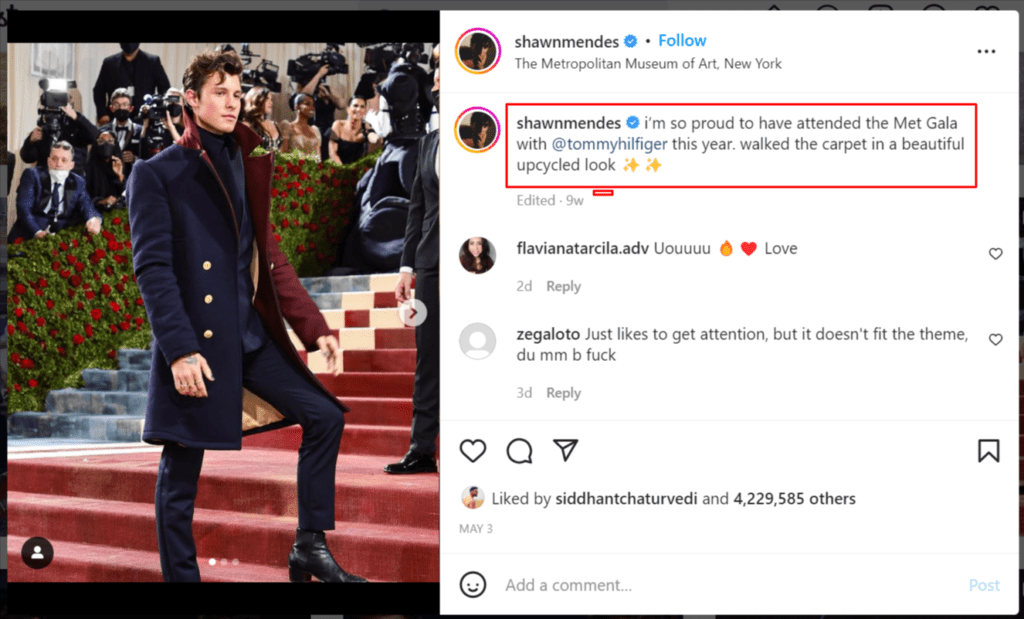
This type of content will work if your objective is to expand reach, boost social engagement, and build trust with a new audience.
Reviews / Tutorials / Demos
Recommendations, reviews, and product demos from influential content creators can make a huge impact on your target audience, because influencers are experts in specific domains.
So, sharing honest yet detailed reviews or tutorials is a great way to win audience trust and educate them about the product.
Check out how iBUYPOWER, a gaming PC company, sponsored Linus Sebastian, a YouTube influencer, to review and demonstrate their product.
Reviews, tutorials, and demos work best when your objective is to raise brand awareness and lift conversion rates.
Unboxing Videos
In unboxing videos, brands offer complementary products to influencers in return for their views and experience with the product. It is a form of UGC (in this case an influential user!) that gives the audience an informative picture of the product.
Check out how FabFitFun collaborated with YouTuber Sheri Griffiths of the SheriTV Channel to unbox their summer box. In doing so, they reached out to her 15.9K subscriber base.
Repurposed Influencer Content
In this, brands can curate the content already created by influencers and repurpose it for their audience. Dove does a great job of sharing the experiences of beauty influencers like Taylor Anise on their page.
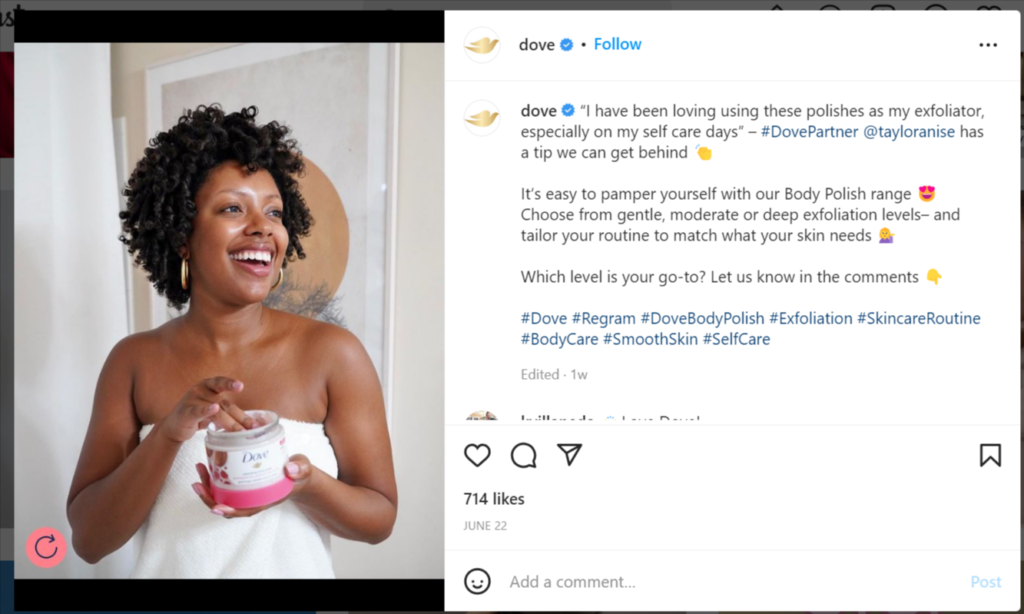
3. Find Your Niche Influencers
Once you know the types of content you want to create, it’s time to find influencers in your niche.
What does your ideal influencer look like?
They should:
- Specialize in a field that’s related to your product and audience.
- Be experienced in creating the content type your brand needs.
- Drive high levels of engagement.
Micro (10K to 100K followers) and nano (below 10K followers) influencers tend to share content that’s more trustworthy than big celebrities. They promote products in ways that seem organic and relatable.
It will help if you invest in an effective platform to connect with influencers and manage relationships with them. Popular Pays is a particularly useful creator collaboration platform that recently joined hands with the content creation app developer, Lightricks.
You can streamline your influencer and content creation strategies by :
- Connecting with relevant content creators through powerful search parameters that surface rich profiles. This allows you to find relevant creators using keywords while avoiding fake influencers.
- Collaborating at scale and commissioning custom creative assets.
- Tracking your influencer marketing campaigns on one platform.
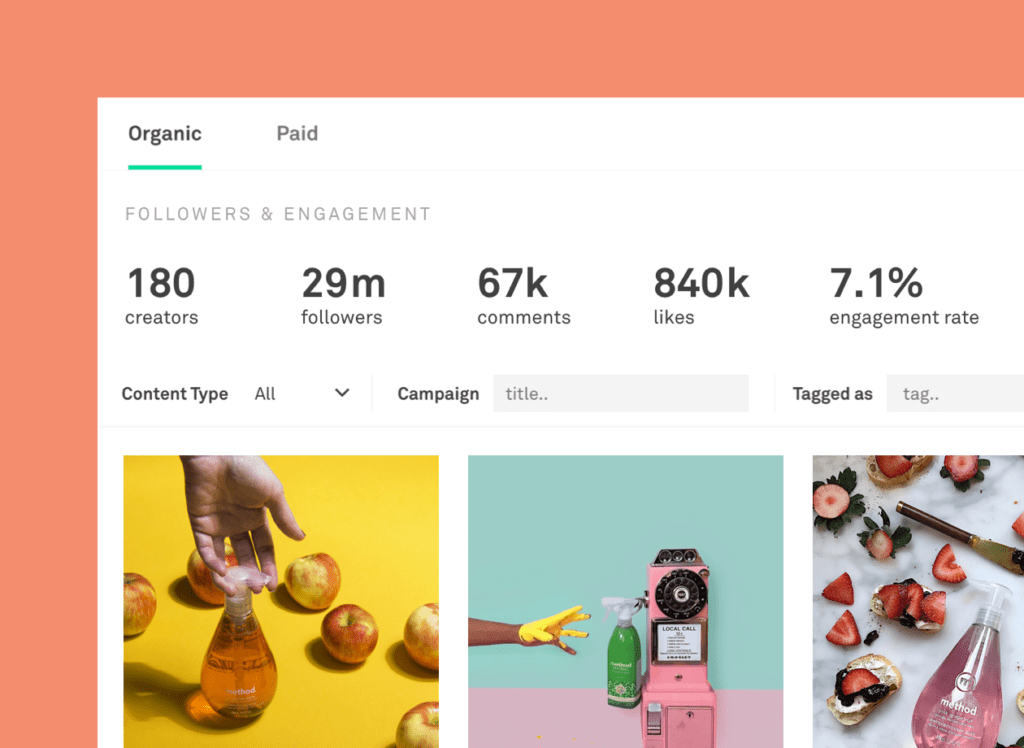
Besides ensuring a sound engagement rate, nano and micro-influencers are cost-effective. Not everyone can afford Kylie Jenner or Selena Gomez. So, partner with suitable micro or nano influencers to monetize their influence and boost your brand reach.
4. Don’t Forget Your Audience
A deep understanding of the audience is critical for the success of an influencer campaign. A clear buyer persona allows marketers to tailor their message to the audience’s specific needs, interests, backgrounds, and pain points.
Here are a few questions you should consider answering when sketching your ideal buyer:
- What is their age, location, language, spending power, interests, and challenges? For B2B, what’s the business size, and who are the decision-makers?
- Which social channels do they use?
- What are their goals and pain points?
Engage in social listening or social sentiment analysis to understand these things. For instance, monitoring brand mentions will help you understand what people are saying about your brand.
Gather all your research and look for common characteristics in your audience. Find your buyer’s name, job title, interests, and other characteristics.
Here’s a sample buyer persona of a fictional buyer, Karla Kruger. She’s a beauty-conscious mom who’s 41 and pregnant. She loves reading magazines.
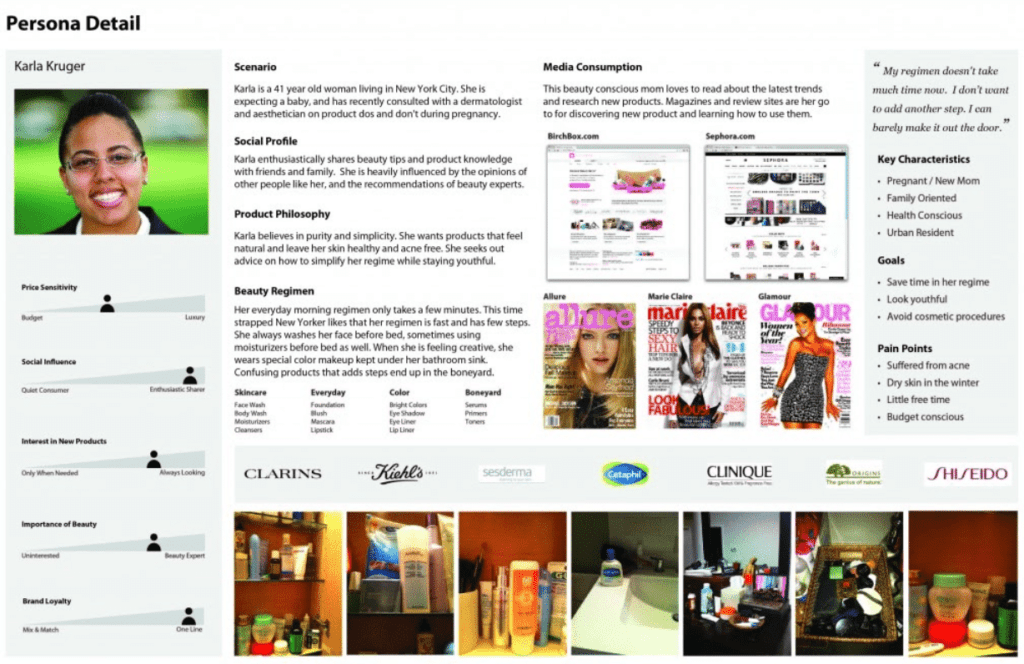
Each time you plan an influencer campaign, create a buyer persona to build a bond with and nurture real customers, thus boosting sales and loyalty.
5. Measure ROI
The State of Influencer Marketing 2022: Benchmark Report reveals that measuring ROI for in-house influencer campaigns is the greatest challenge faced by marketers.
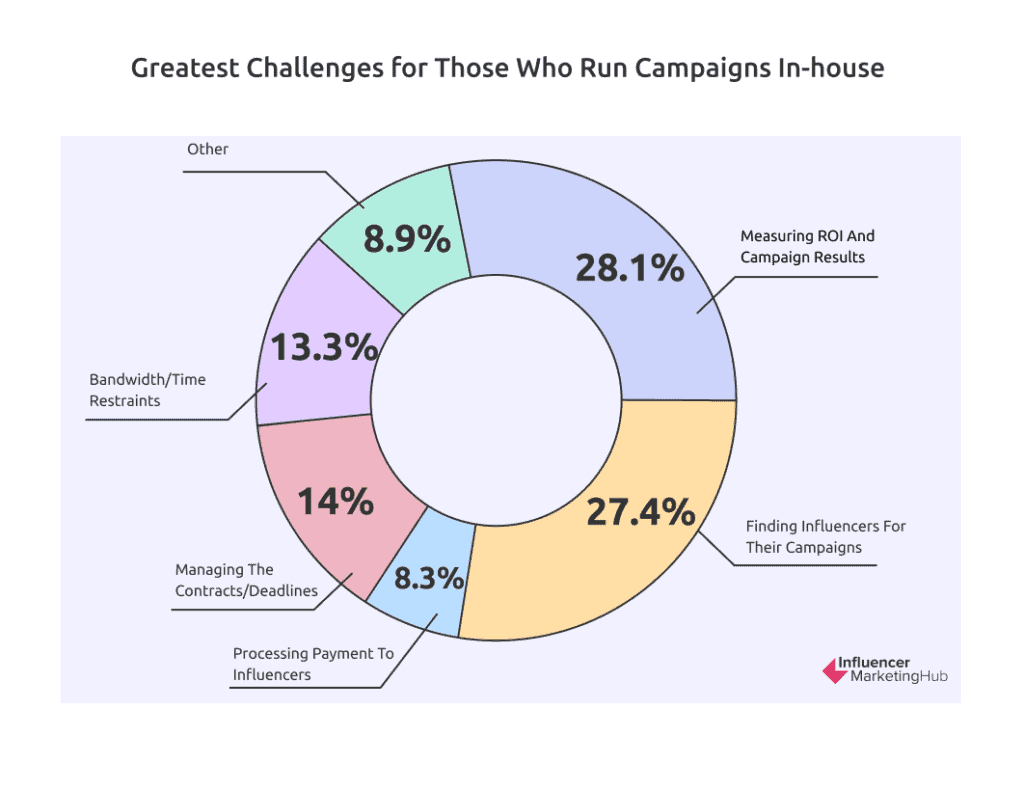
That’s because it’s easy to pay influencers for a campaign but tough to determine the value achieved for your money.
Yet, a few tools and metrics can help you pin down your influencer campaign ROI, ensuring that you reach your target audience within your budget.
Influencer Marketing ROI Tools
- Influencer marketing platforms like Popular Pays can help in assessing campaign performance and identifying top-performing content.
- Social media analytics tools like Sprout Social, BuzzSumo, and Snaplytics possess native analytics capabilities that can help you measure campaign performance.
- Social listening tools like AgoraPulse, Awario, and Brand24 can streamline social media monitoring while allowing you to speak to and interact with brands and mentions directly.
Influencer Marketing ROI Metrics
- Impressions and reach – For instance, the number of times a video is watched, an image is viewed, or the number of people who ran across your sponsored posts in their newsfeeds.
- Engagement – The number of times people interact with the branded content (likes, shares, comments, etc.).
- Conversions – Sales that are directly attributable to a specific social post or piece of content.
- Cost per acquisition (CPA) – The amount spent to acquire one customer.
- Brand sentiment – The negative or positive sentiments of your potential customers on the social channels they are active on.
- Website visitors – A tool like Google Analytics can help you monitor the number of new and repeat visitors to your website. In fact, Google also offers a URL builder tool that can help in tracking campaigns by adding UTM parameters to the URLs used by content creators, so you can easily attribute traffic to specific campaigns in Analytics.
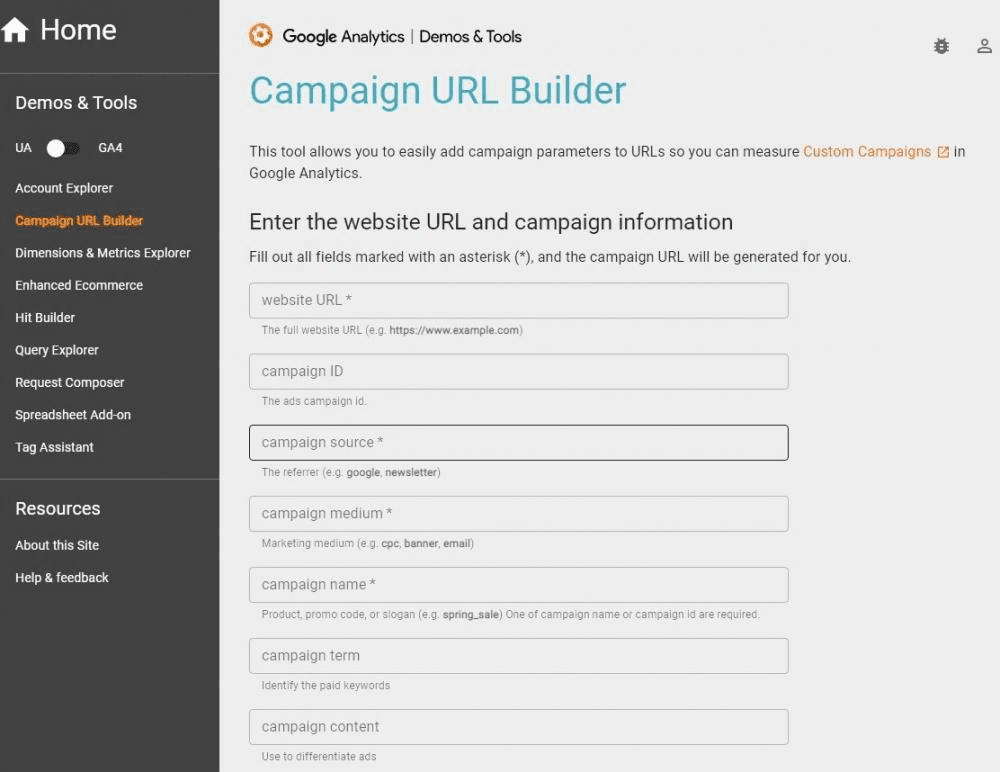
Once your influencer marketing campaign is rolled out, make sure you monitor these metrics to properly allocate resources in the future.
Conclusion
Influencers marketing is a power-packed way to improve your content strategy and make your brand stand out from the competition.
Use the innovative tactics shared above to leverage influencer marketing and take your brand to a wider audience.
Most importantly, use the tools shared above to connect with the right influencers and track your campaign performance. This will allow you to determine whether or not your tactics are strengthening your content strategy.
